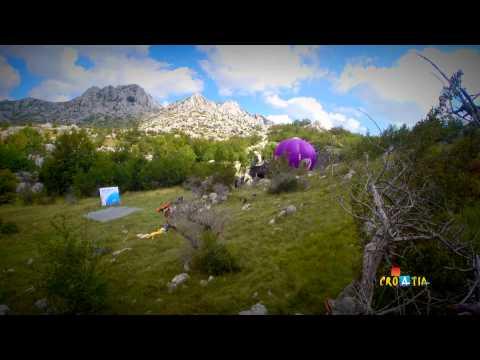Description
In a world teeming with wildlife, the stoat and the weasel stand out as fascinating creatures. This article dives into the intricacies of these two species, exploring their habitats, behaviors, and distinguishing features. It is based on a detailed video by a wildlife enthusiast who has dedicated years to studying and creating a sanctuary for these animals in his garden, aptly named "Stoat City."
Creating a Sanctuary
The video begins with the enthusiast sharing his passion for stoats and weasels. Over more than a decade, he has transformed his garden into a haven for these animals, complete with dry stone walls leading to nesting chambers and a specially built pond for them to enjoy. This area, known as "Stoat City," is a testament to his dedication, featuring intricately constructed wooden piles and tunnels leading to secret nesting rooms.
The Challenge of Identification
One of the main challenges in studying stoats and weasels is distinguishing between the two. They can appear remarkably similar, often giving only fleeting glimpses as they dart through their habitat. Despite these challenges, the video offers several tips and tricks to help differentiate them.
Key Differences
**Size and Weight:**
- **Weasels (Mustela nivalis)** are significantly smaller, measuring about 25 cm in length and weighing around 50 grams for adult females.
- **Stoats (Mustela erminea)**, on the other hand, can grow up to 40 cm and weigh up to 450 grams for adult males.
Tail and Fur:
Weasels have a short, all-brown tail.
Stoats have a longer tail with a distinctive black tip. Additionally, stoats can change to white fur during the winter in colder climates, a phenomenon known as "stoat transformation."
Color and Markings:
Weasels generally have lighter ginger fur.
Stoats boast a deeper reddish-brown fur. Another distinguishing feature is the clean demarcation line between their white belly and brown back, compared to the weasel's wavy line.
Behavior and Habitat:
Both species are adept climbers and have strong jumping abilities.
They are generalist predators, capable of taking down prey much larger than themselves, including rabbits and rodents.
Observing in the Wild
The enthusiast shares insights into his extensive observations of these animals in their natural habitats. Both stoats and weasels can cohabit the same environments, such as fences, pastures, and dry stone walls, though their interactions are far from friendly. Stoats, being larger, will often dominate weasels if given the chance.
Unique Behavioral Traits
The video illustrates fascinating behaviors, such as a mother stoat fiercely protecting her young from potential threats. These moments underscore the animals' resilience and survival instincts.
Conservation and Art
The enthusiast’s efforts extend beyond creating a sanctuary; he has also rescued and rehabilitated numerous stoats and weasels, releasing them back into the wild when they are ready. His passion for these animals has inspired much of his artwork, capturing their beauty and vitality.
Conclusion
Understanding the differences between stoats and weasels enhances our appreciation for these remarkable creatures. Through dedicated study and conservation efforts, the enthusiast behind "Stoat City" provides valuable insights into their lives and behaviors. His video serves as both an educational resource and a call to appreciate and protect the natural world around us.
- Category
- Pets And Animals Video Of The Day!














This has got to be the best wildlife video I have ever seen! It was well done, perfectly edited, clear and concise information that had me smiling the whole time. Thankx!
Robert Fuller is so very talented. He seems like a great guy who truly enjoys his art. Thanks for sharing this, Mel
Active, athletic, territorial creatures that were new to me. I liked watching their antics and lives.
Very educational. Loved it.
They do resemble each other and they sure are cute.
Interesting video on the stoats and the weasels.
Robert Fuller is a fantastic artist as well!
WOW! I wish his family would adopt me! I would love to work in the Stoat/Weasel Area!
What a captivating video by Robert Fuller, who has my total admiration for teaching me his wonderful lesson on Stoats & Weasels. I am ready to go in to the wild & search. Thank you!
Such a wonderful explanation of nature. Awesome film. Thank you Mel
Absolutely wonderful explanation of these two beautiful species. What an artistic gift he as has well as a love for animals.
very interesting
No, they don't all look alike.
Thanks Mel. I doubt I'll run into these critters in the wilds of Salt Lake City. On the other hand, one never knows.